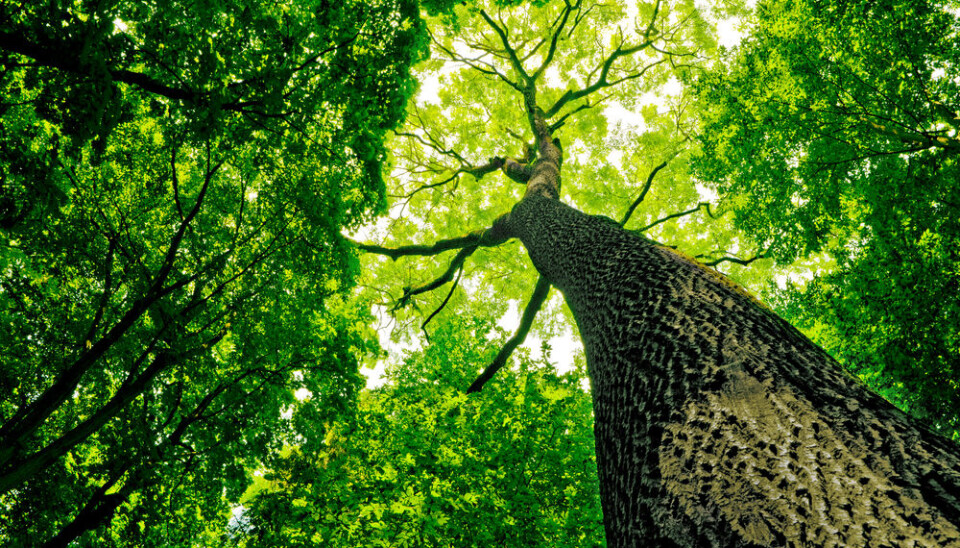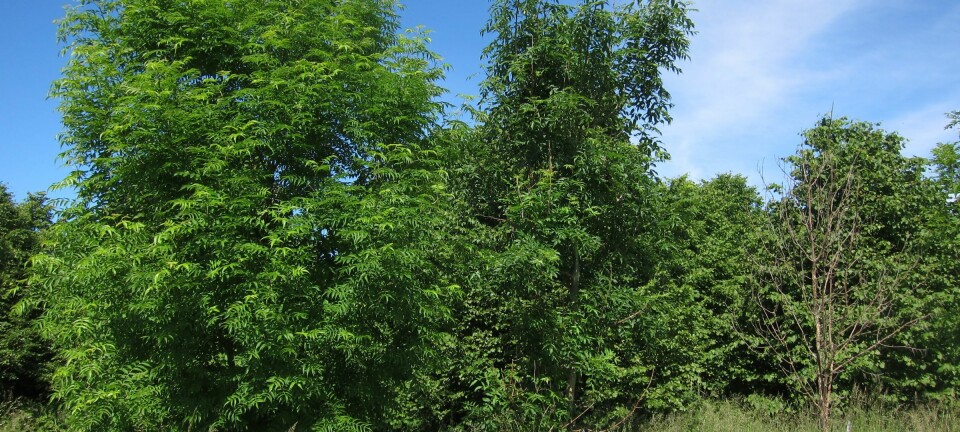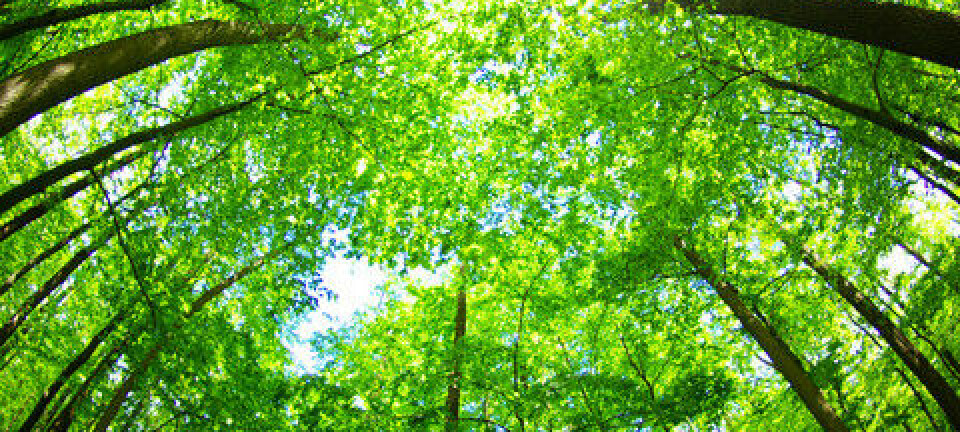
Electrons can jump between trees
A new study shows that electrons can jump long distances through wood, which means that timber can transfer a small amount of electric charge.
Wood is considered a poor electrical conductor, but a new study suggests that this may not be entirely true and that tiny amounts of electric charge are indeed able to jump through wood.
"Electrons can travel long distances in wood and this property is used actively in biological processes in nature,” says co-author Professor Claus Felby from the University of Copenhagen, Denmark.
“Cellulose is actually a semiconductor in which the electrons hop between molecules, [although] it’s not a particularly good semiconductor. But it can transfer electrons just like in a copper wire," says Felby.
The study is published in the scientific journal Scientific Reports.
Electrons jump long distances through wood
The scientists behind the study looked at how the wood is broken down and degraded. During this process, small electrons can move through the wood.
This news is not surprising for many scientists, but what is surprising is just how far the electrons are able to move.
The 'long' distances are still nanoscale, but this is quite a distance for an electron, says Felby. "Scaled up to human size it corresponds to distance of three to five kilometres.”
Cellulose behaves as a semiconductor, which is not quite the same as a full electric conductor. For example, it could not transfer enough charge to power a bedside lamp.
"What we see here is going on at the nanoscale--your wooden chopping board will not act as a conduit if you put a wire on either end," says Katja Johansen from Chalmers University of Technology in Gothenburg, Sweden, who was not involved in the new study.
New understanding may influence climate
This new discovery is expected to help scientists understand some of the processes that occur as wood degrades.
Johansen emphasizes that this new study is a small part of a large field of research, which all started a few years ago when scientists first discovered which enzymes were responsible for breaking down wood.
And although the new study explains more about how enzymes work, she thinks that it is the field as a whole that has really advanced.
"I actually think it is almost incomprehensible just how much significance this finding could have. When you suddenly discover a key role for enzymes that previously you had to classify as 'unknown', it can have very great significance across biology," says Johansen.
Both Felby and Johansen think that the new enzyme discovery is of particular interest for climate change, as trees and plants contain large amounts of carbon.
When wood starts to decompose and breakdown, it releases some of this carbon to the atmosphere as CO2. This makes the new results "hugely important" for our understanding of how CO2 moves around in biological systems, says Felby.
-----------------
Read the Danish version of this story on Videnskab.dk
Translated by: Catherine Jex









